Articles
Research

A Fresh Route for Latin American Produce
More than 21 million metric tons of fruits and vegetables were imported into the United States in 2013, according to the U.S. Department of Agriculture (USDA). Approximately 35 percent of that produce comes from Central and South America. While Latin American perishable exports have grown dramatically in recent years, some logistical shortcomings prevent maximum cold […]
Read More
Driver Shortage Threatens to Slow Intermodal Growth
The shortage of qualified drivers threatens the intermodal industry’s continued growth. The challenge for intermodal is not only hiring enough professional drivers, but also retaining them. For many transportation companies, attracting and retaining drivers are the biggest challenges. The extreme number of multi-hour delays along the intermodal chain, combined with the impersonal treatment drivers receive […]
Read More
Demurrage and Detention Charges: Are They Equitable?
Q: Given recent port congestion, stoppages, and increasing vessel sizes, what impact does that have on the equitable assessment of demurrage and detention charges? A: It is the responsibility of the carriers and the ports to make cargo available to the shipper before there should be any consideration of beginning the free time clock and […]
Read More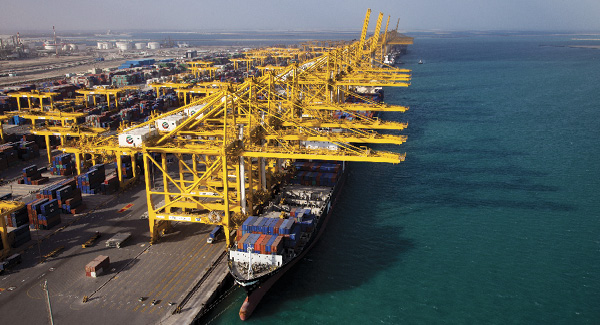
Global Logistics-June 2015
GCC States Warm to Regional Collaboration Gulf Cooperation Council (GCC) states —Saudi Arabia, Kuwait, United Arab Emirates (UAE), Qatar, Oman, and Bahrain—have long been hamstrung by independent-minded sovereigns who prefer to think and act unilaterally. Despite the formation of the trade bloc in 1981, collaboration, especially around transportation and logistics, often goes wanting. It’s why […]
Read More
Trends—June 2015
Highway Trust Funding: Déjà vu All Over Again? News that U.S. Congress and President Obama are about to finalize a two-month extension to the lame duck Highway Trust Fund has elicited mixed reaction from industry. Some are optimistic because legislators were able to push through a bill without undue delay, especially as summer construction work […]
Read More
Chemical Logistics: Keep it Moving, Keep it Safe
As U.S. chemical production grows, chemical shippers and their partners refine their strategies to ensure trouble-free transportation, secure sufficient capacity, and navigate the regulatory landscape.
Read More
How Amtrak’s Supreme Court Case Affects Freight Shippers
Track-sharing among railroads has long been a complicated issue. The U.S. Supreme Court recently reviewed a case determining whether Amtrak has the authority to regulate privately owned freight railroads with which it shares rail. The Rail Passenger Service Act of 1970 was supposed to reinvigorate a national passenger rail system. The legislation created Amtrak to […]
Read More
Taking Steps to Embrace ACE
With other countries transitioning to a single-window-to-government paradigm, all eyes are on the United States as the Automated Commercial Environment (ACE) brings a modernized, integrated approach to government. The initiative, which allows shippers to electronically transport import and export data to the government through a single window, can be considered a mature program with well-defined, […]
Read More
Three Supply Chain Risks and How to Address Them
Companies face three main sourcing supply chain risks: regulatory, brand erosion, and social compliance. Any one of these issues could lead to lost profits, product recalls, and customer erosion. At the same time, the longer the supply chain—with more levels of suppliers, disparate geographies, and other middle men, the more complex and challenging compliance becomes. […]
Read More
Choosing to Be a Shipper of Choice
Q: In the face of increasing capacity issues, rising equipment costs, and new regulations, carriers prefer to work with shippers that will support their business needs. How can companies become "Shippers of Choice"? A: In a word, it’s about partnerships. Q: Are there best practices for achieving this goal? A: Yes. Pre-planning helps carriers anticipate […]
Read More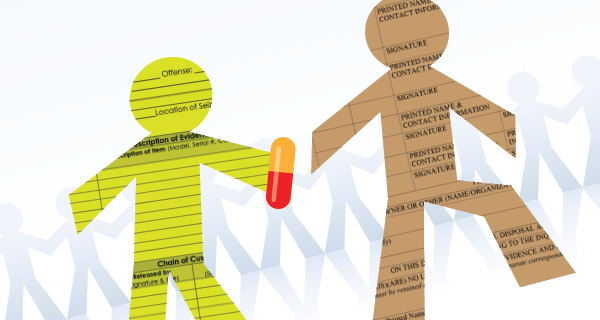
The Race is On: Chain of Custody in the Pharmaceutical Supply Chain
New regulations ensuring the integrity of the pharma supply chain are nearing the finish line. While some companies have taken an early lead to compliance, others are late getting out of the gate. Which team are you on?
Read More
Five Customs Compliance Tips for Aerospace Companies
Aerospace manufacturers and distributors who move shipments across international borders face an often-complicated, high-stakes process as they navigate export rules and local customs regulations. Fines for non-compliance can amount to millions of dollars. That makes understanding guidelines a vital business priority. For some companies, the hassles associated with customs can dissuade them from expanding into […]
Read More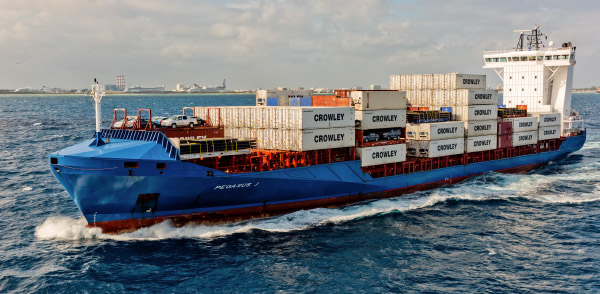
Trends—February 2015
The Jones Act: Time to Change Course? Debate over the Keystone XL Pipeline Act has raised a new regulatory specter. The U.S. maritime industry fears that an amendment recently introduced by U.S. Senator John McCain (R-AZ) will counter the pro-jobs pipeline bill by gutting the Jones Act and existing cabotage regs. The senator’s amendment seeks […]
Read More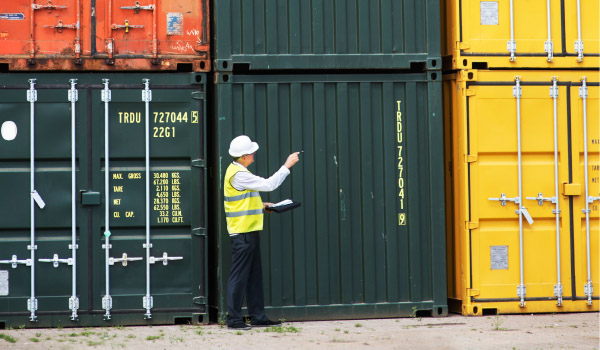
The Kings of ACE
When it came time to face the ACE, HW St. John bet on an automated solution that streamlines processes and deals customers a winning hand.
Read More
Customs Compliance: Small Mistakes Can Lead to Big Problems
Diverse, evolving global trade regulations require companies to implement systems and procedures that ensure strict adherence. Large businesses have in-house compliance staff, but those responsibilities might hold a more vague spot in small enterprises. With stiff penalties at stake—penalties that could put some organizations out of business—small companies must take an aggressive stance on compliance. […]
Read More
Regulatory Update: Playing by the Rules
Mark our words: Legislative and regulatory resolutions could spell trouble for shippers and carriers in 2015.
Read More
Trends—December 2014
10 Best Practices Of SmartWay Shippers Since 2004, the U.S. Environmental Protection Agency’s (EPA) SmartWay Transport Partnership has given organizations that ship freight a set of tools to measure their supply chain’s carbon footprint and make better decisions about how to reduce it. To mark SmartWay’s 10th anniversary, several shipper partners share their best tactics […]
Read More
Four Reasons Retailers Should Pay Attention to Reverse Logistics
Many retailers have long emphasized agility and cost-efficient movement of freight to stores or customers. However, they often neglect reverse logistics, resulting in missed opportunities for the entire consumer goods supply chain. The multi-channel model—which enables consumers to buy anytime, anywhere—has significantly impacted the retail industry and given rise to the following reasons why retailers […]
Read More
Food Safety Modernization Act: Safe Travels
The Food Safety Modernization Act will have a huge impact on food supply chains. Here’s your passport to preparation.
Read More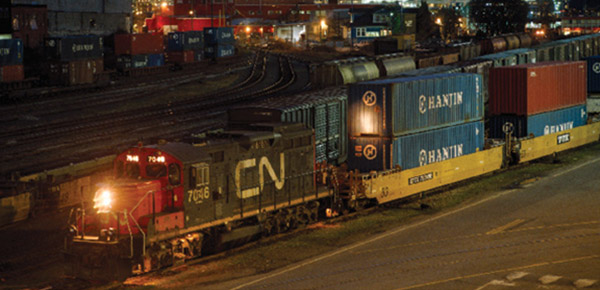
Trends—November 2014
Competitive Switching: Between a Rock and a Railroad Competitive switching—a directive that would require railroads to switch a customer’s freight to a competitor’s line within a reasonable distance—has been a "third rail" conversation among captive shippers and railroads ever since the threat of re-regulation started ringing through Congressional hallways. More pressing safety and security concerns […]
Read More